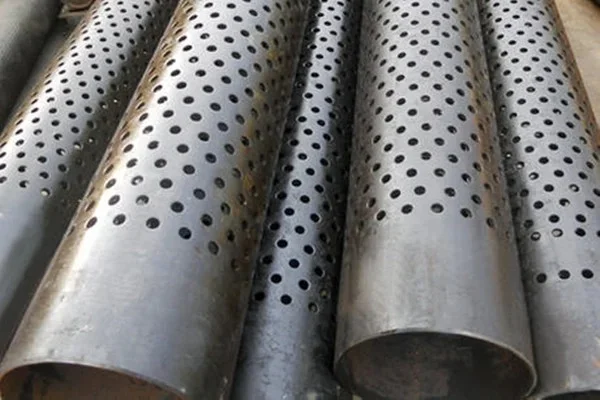What Is Well Screen Pipe And How Is It Produced
Well screen pipe is a type of pipe that is used in water wells to filter out sand, gravel, and other debris from the water. It is made up of a series of slots or perforations that allow water to flow through while keeping out unwanted materials.

The production process for well screen pipe typically involves several steps. First, a steel pipe is selected and cleaned to remove any impurities or contaminants. The pipe is then cut to the desired length and diameter.
Next, the slots or perforations are created in the pipe using a variety of methods, such as laser cutting or drilling. The size and spacing of the slots can vary depending on the specific application and the type of material that needs to be filtered out.
After the slots are created, the pipe is typically coated with a protective layer to prevent corrosion and extend its lifespan. This coating can be made from a variety of materials, such as epoxy or polyurethane.
Finally, the well screen pipe is tested to ensure that it meets the required specifications and standards for quality and performance. This may involve pressure testing, visual inspections, or other types of quality control measures.
Overall, the production of well screen pipe requires careful attention to detail and precision to ensure that the final product is effective and reliable for use in water wells.
Advantages of Seamless Casing Pipes Among All Types of OCTG
How To Choose Among Different Types of Oil Country Tubular Goods






